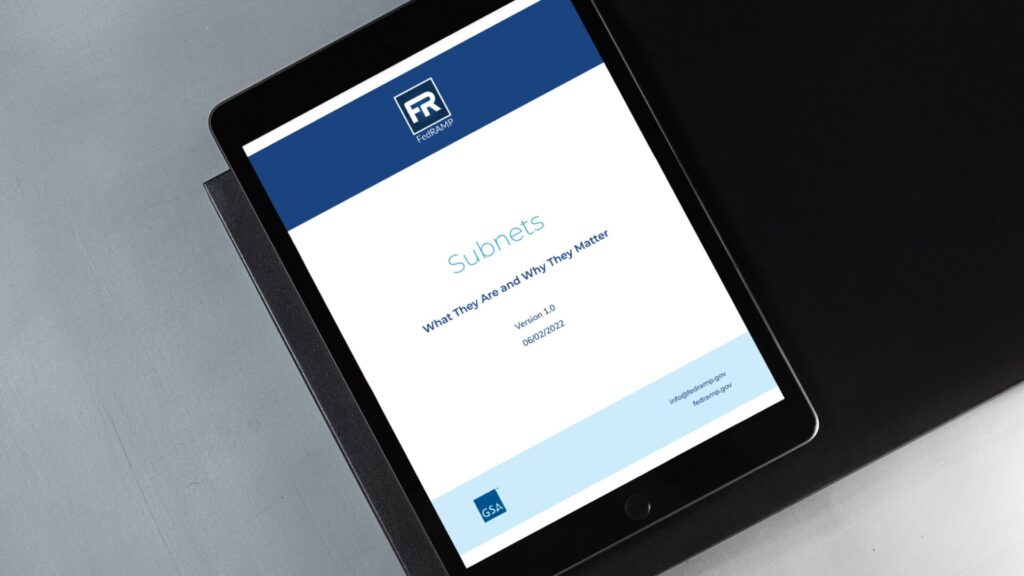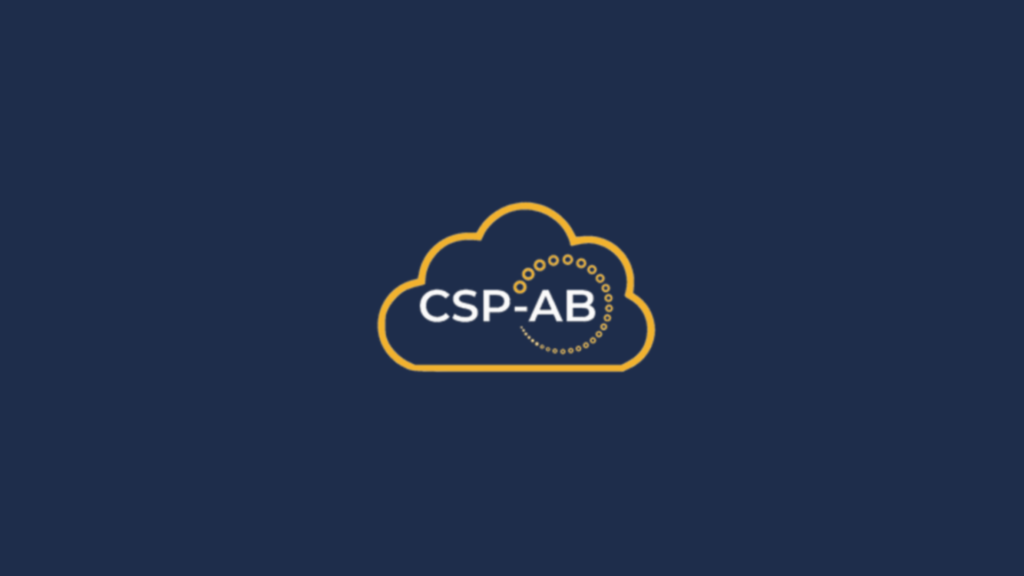In July 2022, the Federal Risk and Authorization Management Program (FedRAMP) Program Management Office (PMO) released the “Subnets White Paper,” offering detailed guidance on implementing National Institute of Standards and Technology (NIST) control SC-7, which focuses on Boundary Protection. This document is essential for Cloud Service Providers (CSPs) and Third Party Assessment Organizations (3PAOs) preparing for FedRAMP authorization.
Key Highlights of the Subnets White Paper:
- Understanding Subnets and Their Segmentation: The white paper defines subnets as physically or logically segmented sections of a larger network, crucial for minimizing traffic and enhancing network isolation. It emphasizes the importance of proper subnet segmentation to protect federal data and comply with NIST control SC-7. FedRAMP
- Clarifying “Publicly Accessible” Components: A significant aspect of SC-7 is the separation of publicly accessible components from internal systems. The document provides clarity on what constitutes “publicly accessible,” aiding CSPs and 3PAOs in accurately identifying and segmenting these components. FedRAMP
- Future Guidance on Software-Defined Networks: Recognizing the evolving nature of network architectures, the white paper discusses FedRAMP’s plans to develop future guidance for applying SC-7 controls to software-defined networks, ensuring that security measures adapt to technological advancements. FedRAMP
For a comprehensive understanding, stakeholders are encouraged to read the full Subnets White Paper available on FedRAMP.gov.
Engage with the CSP-AB SC-7 Working Group:
The Cloud Service Providers-Advisory Board (CSP-AB) is actively seeking engagement on this topic through the SC-7 working group. Professionals interested in contributing to discussions and developments regarding subnet segmentation and boundary protection controls are invited to participate. To get involved, please contact us at info@csp-ab.com.
By collaborating, we can enhance the security and compliance of cloud services within the federal landscape, ensuring robust protection of sensitive data.


